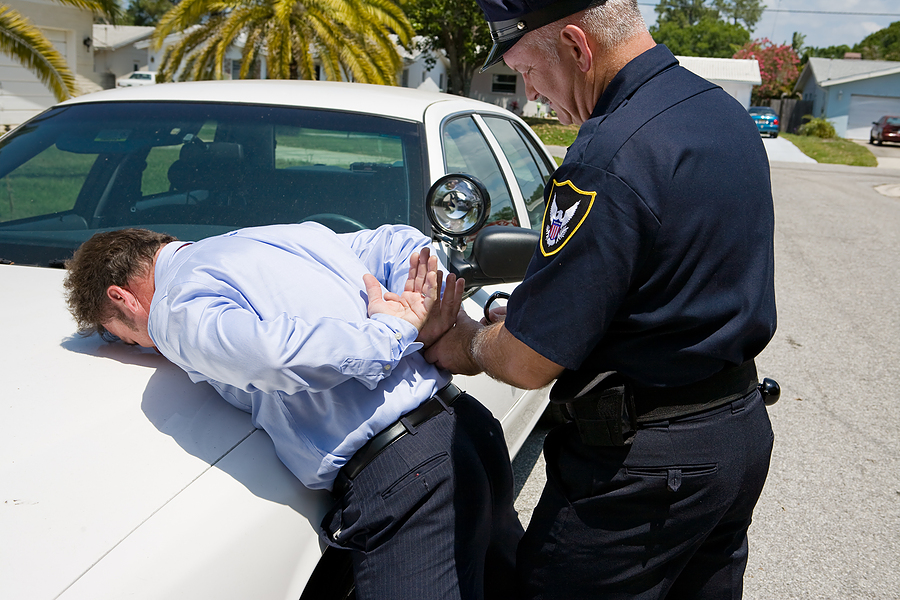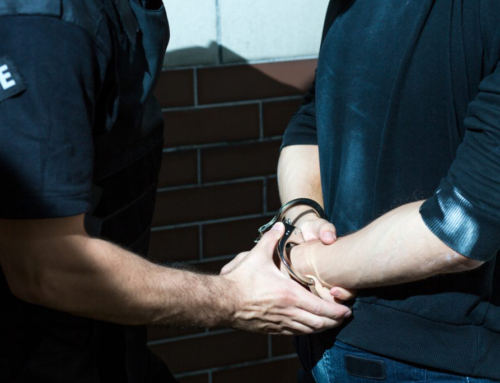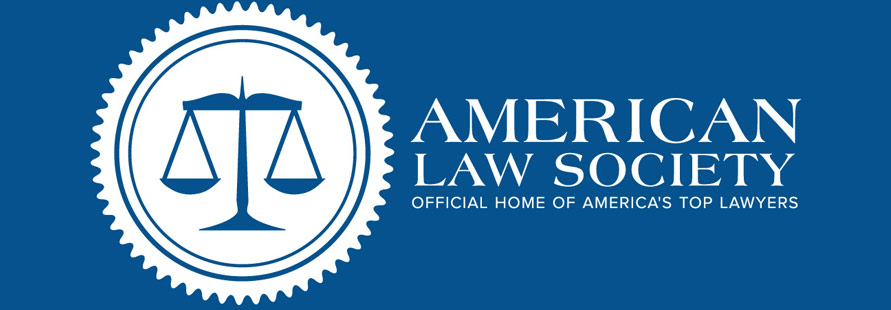 In Texas, we describe crimes involving property destruction as criminal mischief. It can mean a variety of things. Perhaps you fled the scene after a hit-and-run and damaged a parked car. Maybe you lost your temper and smashed a car window with a baseball bat. Or maybe you defaced a statue or monument representing something you disagree with.
In Texas, we describe crimes involving property destruction as criminal mischief. It can mean a variety of things. Perhaps you fled the scene after a hit-and-run and damaged a parked car. Maybe you lost your temper and smashed a car window with a baseball bat. Or maybe you defaced a statue or monument representing something you disagree with.
Proving Criminal Mischief
The prosecution in these cases must prove one of the following three factors to penalize you for criminal mischief:
- You intentionally or knowingly damaged someone else’s property
- You intentionally or knowingly tampered with someone else’s property, to their detriment
- Or you intentionally or knowingly created marks, graffiti, drawings or inscriptions on someone else’s property
The penalties for criminal mischief can vary wildly between cases. Some criminal mischief cases are Class C misdemeanors. These occur when the damage done is valued at less than $100. The penalty for such an offense is a fine of up to $500. But criminal mischief can also be classified as the most severe of crimes, a Class A felony. If the damage done is greater than $300,000, the penalties you can face are quite severe – fines of up to $10,000 and a prison sentence of five to 99 years in prison.
Defense attorneys approach criminal mischief cases by looking at the evidence the prosecution has against the defendant and finding ways to discredit it. This can include finding ways to prove that damage done was not intentional or known on the part of the defendant. Even if the prosecution has foolproof evidence, however, the defense attorney can help the defendant make a deal to lessen the charges and penalties for the crimes.






